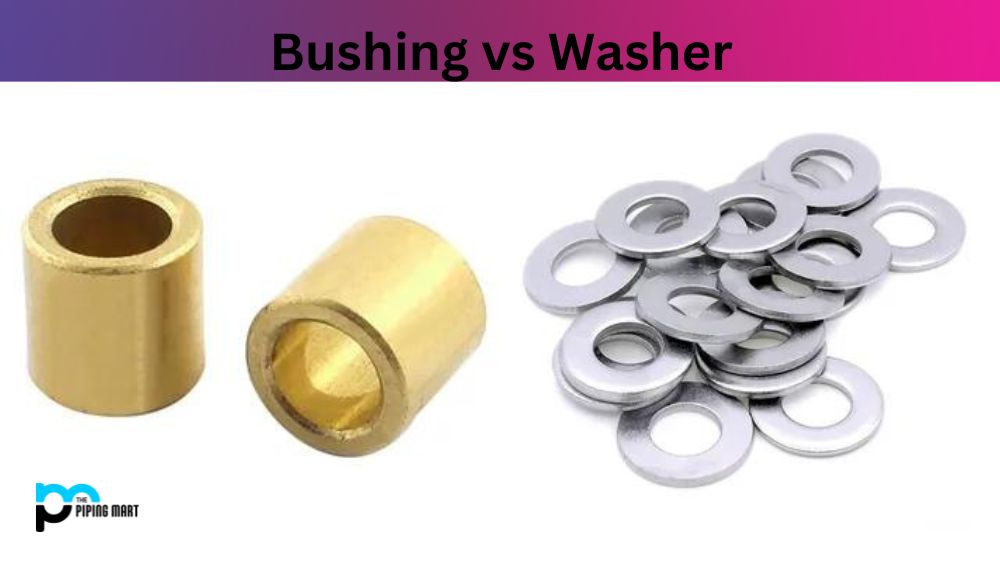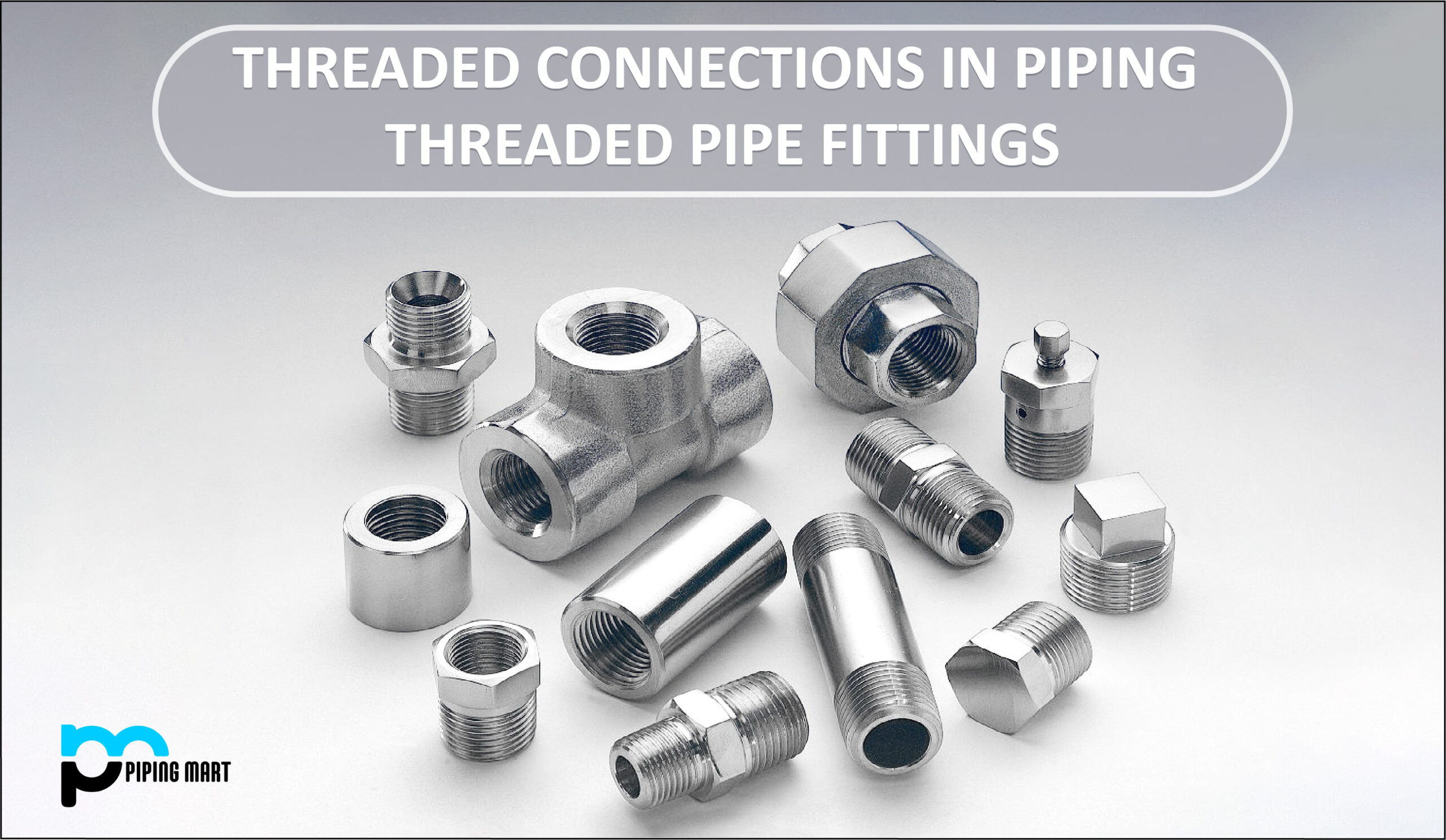If you are new to DIY or interested in home repair, you may have heard the terms “bushing” and “washer” thrown around in tool stores or online tutorials. They may look similar, but they have different purposes and applications. In this blog, we will explain the difference between a bushing and a washer, how and when to use them, and their benefits.
What is Bushing?
The bushing is a type of mechanical bearing. It is used to reduce friction and support two separate components that move relative to each other. Typically, it consists of a hard plastic or metal casing containing lubrication and a bushing material such as bronze, brass, or synthetic, depending on the application. This bushing material will be housed in an eyelet for mounting, dampening vibration and keeping components from rattling against each other.
What is Washer?
A Washer is an essential component in the metal industry. It is a thin plate of metal, usually made of stainless steel, brass, or plastic, with a hole in its center. Its purpose is to evenly distribute the pressure placed on the screw when pushing it into place and ensuring that there are no loose parts that may become misaligned over time. The washer’s shape and size vary depending on how large the screw hole is and what particular application it will be used for. In addition, it can also help to reduce vibrations from being transferred through parts and fasteners while improving grip between components.
Difference Between Bushing and Washer
Definition
A washer is a thin, flat disc typically made of metal, plastic, or rubber. It is used to distribute the load of a screw or bolt so that it does not damage the surface or object it is being applied to. In contrast, a bushing is a cylindrical-shaped object used as a reducing component to allow a larger, less precise hole to support a smaller, more accurate shaft.
Purpose and Application
Washers can be used in various situations, including reducing vibration, cushioning, sealing, or preventing loosening, especially in machines or equipment. On the other hand, bushings can be used for various purposes, including reducing wear or friction in machines, isolating electric current, or aligning parts for better functioning. For instance, in an electric drill, a bushing provides a safe and precise alignment to ensure smooth movement of the drill bit as it rotates.
Design and Material
Washers are typically designed as flat, round discs with a centre hole for screws or bolts. They are made of materials ranging from steel, stainless steel, phosphoric bronze, and aluminium to rubber, plastic, or fibreglass. Bushings, unlike washers, are usually longer and more cylindrical in shape, consisting of an inner diameter, an outer diameter, and a length. Depending on their intended application, they are made of materials like bronze, brass, copper, steel, or plastic.
Installation
Both washers and bushings are typically easy to install, and no specialist tools are required. Washers are placed between the object and the surface on which it needs to rest, and the bolt or screw is tightened. Bushings, on the other hand, will require a press-fit into the location or can be fixed in place with adhesive. Bushings fit tightly into the hole where it was intended to be installed to give a more durable and stable solution.
Benefits
Washers help protect the surface or object from any damage from the screw or bolt. They also provide cushioning to prevent vibration or unwanted noise. On the other hand, bushings offer a more stable and precise solution for machines, reducing noise and vibration and increasing their longevity.
Conclusion:
As we’ve seen, bushing and washers serve different purposes, applications, and materials. Choosing the right component that matches the design, function, and performance of the product you are working on is important. By understanding the differences, you can make better decisions regarding selecting, installing, and using bushings and washers in your projects. Whether you want to reduce wear, prevent abrasion, or improve precision, knowing which type of component works best can make all the difference.

A passionate metal industry expert and blogger. With over 5 years of experience in the field, Palak brings a wealth of knowledge and insight to her writing. Whether discussing the latest trends in the metal industry or sharing tips, she is dedicated to helping others succeed in the metal industry.




